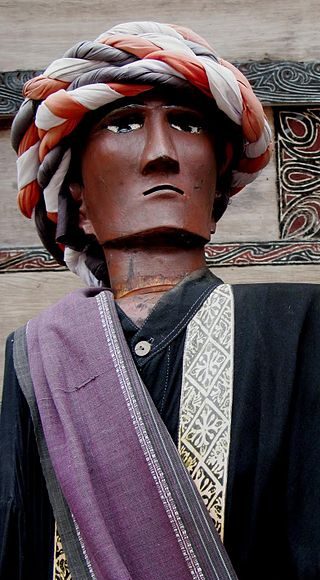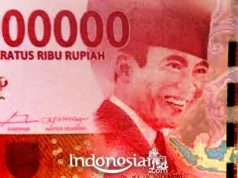The jaipongan dance is very well known in Indonesia. It seems almost impossible if there are Indonesians who are not familiar with the jaipongan dance.
Yes, the jaipong dance is often featured in various art performances. Not only that, this dance is also often performed in dangdut shows so that it is often known as jaipong rocking. Almost all dangdut artists always perform jaipong movements on the stage.
But do you know who actually created the dance? He is the maestro, Gugum Gumbira Tirasondjaja. Born in Bandung, West Java on April 4, 1945.
He is known as a Sundanese composer, orchestra leader, choreographer, and entrepreneur. As a choreographer, Gugum has lots of dance references. Currently Gugum is also a dance teacher at STSI Bandung.
“The jaipongan dance is rooted in tradition not modernization. Dance, from the past until now is very dynamic, I do not say that this dance is not jaipongan but I say that it is a form of creativity,” he said.
As reported by disparbud.jabarprov.go.id, Wednesday (12/4) Gugum adapted various dance movements which were then combined with the pencak silat movement. It aims to provide an image that women who are beautiful, flexible, and attractive, are able to defend themselves through pencak silat movements.
Jaipongan made its debut in 1974. At that time, Gugum, along with gamelan and dancers, performed in public. The government then immediately tried to suppress this dance, because it was considered immoral. This is because this dance is called the Tap Tilu, a development that shows the sensuality of women.
However, Jaipongan survived the ban after the then Indonesian government banned foreign pop music for several years. Jaipong later and went crazy in the 1980s.
From the 80s to the 90s, Gugum created other dances such as Toka-toka, Setra Sari, Sonteng, Pencug, and others. These dances are a development of the Jaipong dance. The first Jaipongan works of Gugum that became known to the public were the dance “Daun Pulus Keser Bojong” and “Rendeng Bojong”. Both are types of female dances (male and female). From the dance, several names emerged from reliable Jaipongan dancers such as Tati Saleh, Yeti Mamat, Eli Somali, and Pepen Dedi Kurniadi.
Source: kabare






























